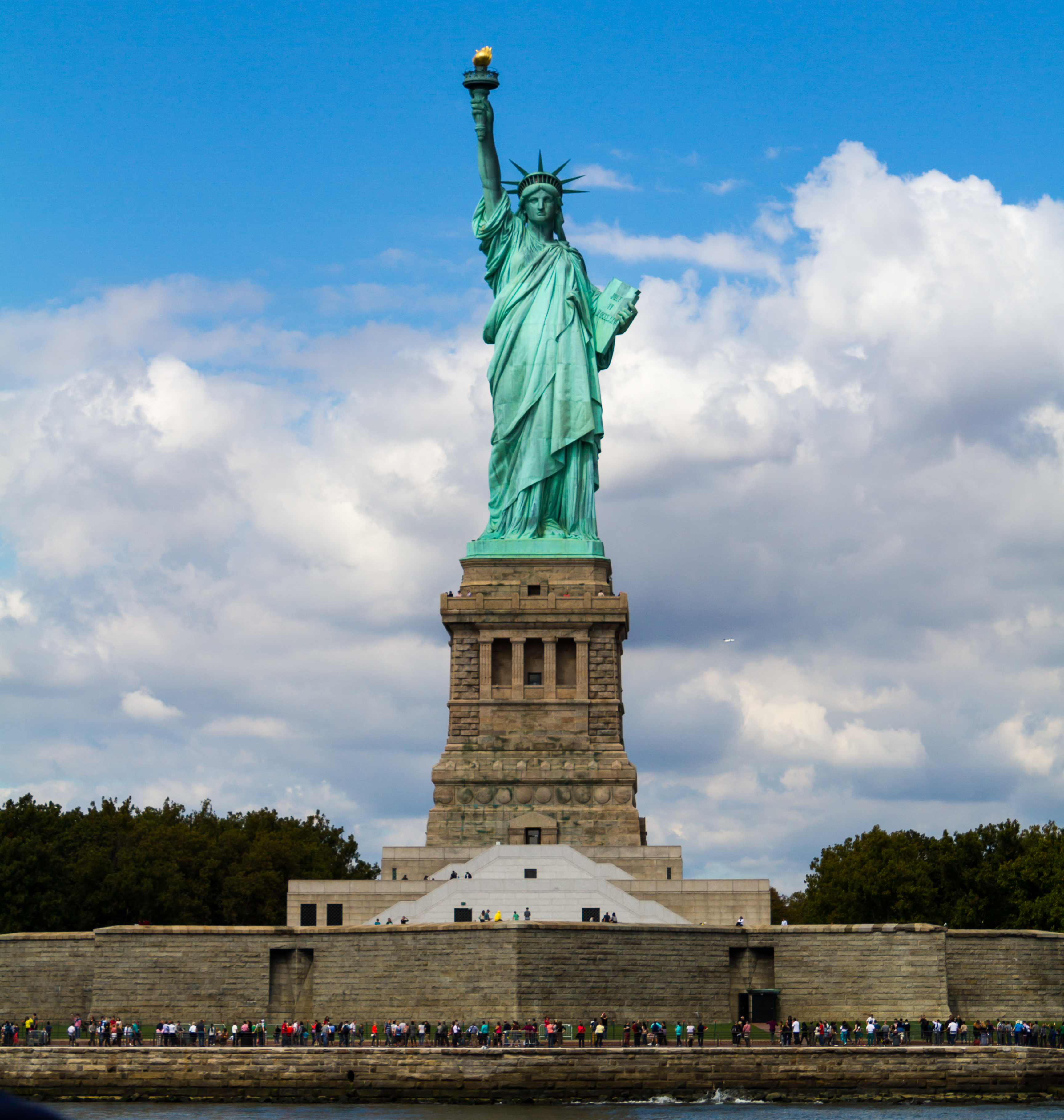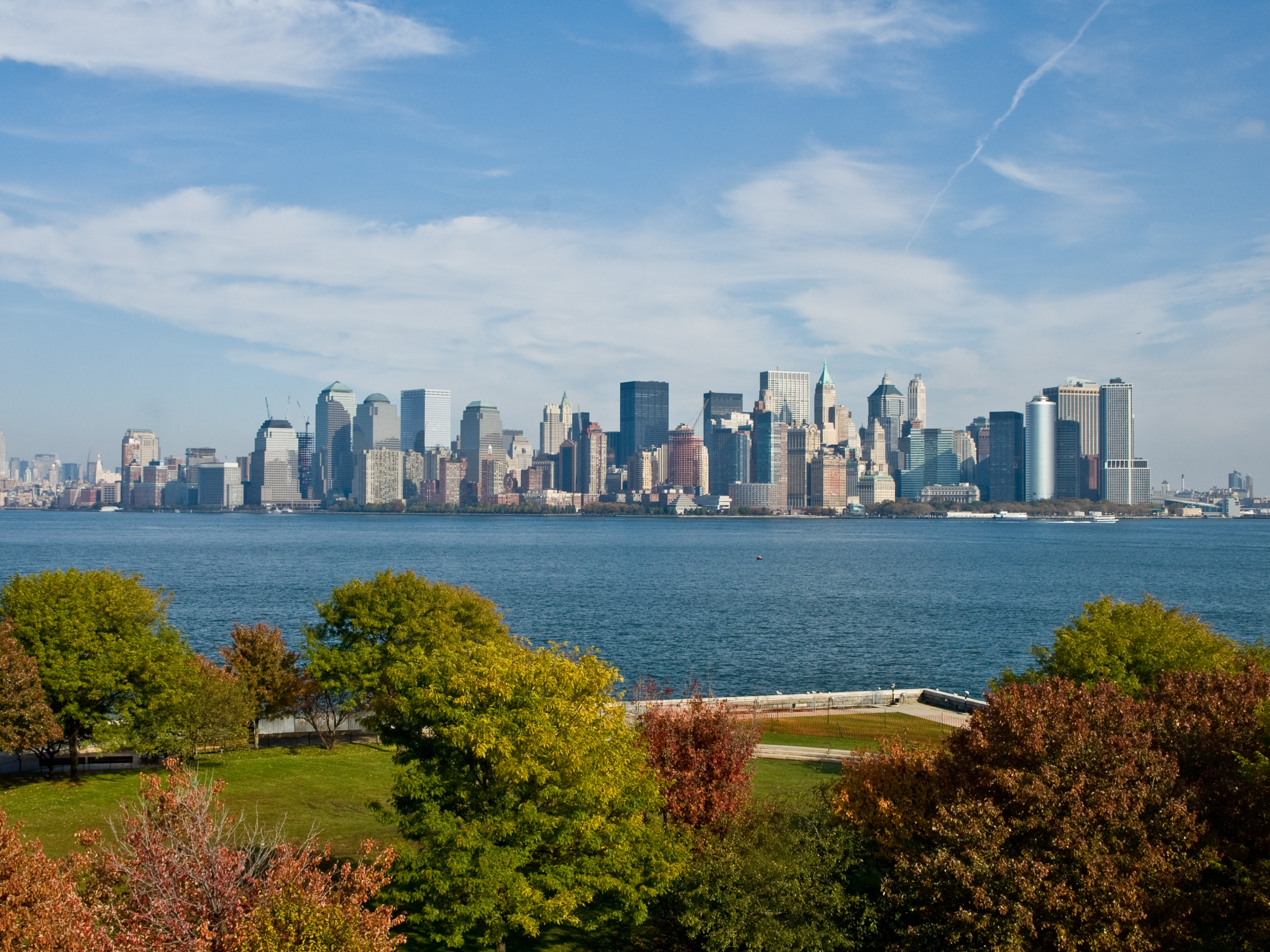
Mündliche Prüfung (Klasse 10) - Monolog/Präsentation
Prüfungsvorbereitung - Mündliche Prüfung - Monolog/Präsentation
Zielsetzung:
Vorbereitung auf die mündliche Prüfung (MSA) durch das Halten eines Monologs/einer Präsentation zu einem vorgegebenen Thema
Inhalte und Methoden:
Die Schüler:innen bereiten eine Präsentation auf Englisch vor, basierend auf bereitgestellten Hintergrundinformationen zu dem gewählten Thema.
- Erfassen und Strukturieren relevanter Inhalte
- Planung und Aufbau eines Monologs/einer Präsentation
- Verwendung von unterstützendem Vokabular und Redemitteln
Kompetenzen:
- Sicheres Sprechen in einer Prüfungssituation
- Strukturierte Darstellung von Informationen
- Anwendung von Redemitteln zur Präsentation
Zielgruppe:
(Mündliche) Abschlussprüfung der Klasse 10 (ZP10, MSA, Mittlere Reife) im Fach Englisch.
74 other teachers use this template
Target group and level
(Mündliche) Abschlussprüfung der Klasse 10 (ZP10, MSA, Mittlere Reife) im Fach Englisch.
Subjects
Mündliche Prüfung (Klasse 10) - Monolog/Präsentation


Background information
Use the following text as background information on the topic of your presentation. Carefully read the text and mark or write down any relevant information.
New York City: A Vibrant Urban Hub
New York City, often referred to as NYC or simply New York, is the most populous city in the United States. It is located at the southern tip of New York State, on one of the world’s largest natural harbors. The city is composed of five boroughs: Manhattan, Brooklyn, Queens, The Bronx, and Staten Island. Each borough is coextensive with a respective county, and together they form the heart of the New York metropolitan area, one of the most populous urban agglomerations in the world.
A Brief History
The history of New York City dates back to the early 17th century when it was first settled by Dutch colonists. Originally named New Amsterdam, the city was a major trading post. In 1664, the English took control and renamed it New York after the Duke of York. Throughout the centuries, New York City has played a pivotal role in the history of the United States, from being a focal point during the American Revolution to becoming a gateway for millions of immigrants in the late 19th and early 20th centuries.
Cultural Melting Pot
New York City is known as a cultural melting pot where over 800 languages are spoken, making it the most linguistically diverse city in the world. The city’s culture is influenced by its history as a major entry point for immigrants. This diversity is reflected in the city’s neighborhoods, cuisine, festivals, and arts.
Major Attractions
New York City is home to numerous iconic landmarks and attractions that draw millions of tourists each year. Some of the must-see places include:
Statue of Liberty
The Statue of Liberty, a gift from France to the United States, is a global symbol of freedom and democracy. Located on Liberty Island, it was dedicated on October 28, 1886. Visitors can tour the statue and enjoy panoramic views of New York Harbor.
Times Square
Times Square, known as "The Crossroads of the World," is a major commercial intersection and entertainment center in Midtown Manhattan. It is renowned for its bright lights, digital billboards, and Broadway theaters. Times Square is particularly famous for the annual New Year’s Eve ball drop.
Central Park
Central Park, an urban park in Manhattan, offers a green oasis amidst the bustling city. Designed by Frederick Law Olmsted and Calvert Vaux, the park spans 843 acres and features walking trails, lakes, and recreational facilities. It is a popular spot for both locals and tourists.
Brooklyn Bridge
The Brooklyn Bridge, completed in 1883, connects Manhattan and Brooklyn over the East River. It is one of the oldest suspension bridges in the United States and offers stunning views of the city skyline.
Education and Student Life
New York City is a hub for education with over 1,800 public schools and numerous prestigious universities and colleges such as Columbia University, New York University (NYU), and The City University of New York (CUNY). The city provides a vibrant student life with access to world-class libraries, museums, and cultural events.
Economy and Innovation
As a global financial center, New York City hosts the headquarters of major financial institutions, including the New York Stock Exchange and NASDAQ. The city is also a leader in industries such as media, advertising, fashion, technology, and healthcare. Its diverse economy attracts professionals from around the world.
Conclusion
New York City is a dynamic metropolis that offers endless opportunities for exploration and learning. Its rich history, cultural diversity, iconic landmarks, and vibrant economy make it a unique and exciting place to visit and live. Whether you are interested in the arts, education, business, or simply experiencing the hustle and bustle of city life, New York City has something for everyone.
Images of New York City
Source: Wikimedia Commons

Source: Wikimedia Commons

Source: Wikimedia Commons
.jpg)
Source: Wikimedia Commons

Source: Wikimedia Commons
Notes

Guide to preparing a presentation
Carefully read the following guide to preparing a presentation step-by-step.
Guide to Preparing a Presentation in English Class
Introduction:
Preparing a presentation for your English class involves more than just speaking in front of your classmates. It’s about effectively communicating your ideas, demonstrating your understanding of the topic, and engaging your audience.
Step-by-Step Guide:
1. Topic Selection:
- Choose a Relevant Topic: Pick a topic that interests you and aligns with the areas of politics, sociology, culture, or geography of an English-speaking country.
- Example: "The Political System of the USA" or "Cultural Diversity in Canada."
2. Research and Gather Information:
- Collect Reliable Sources: Use books, articles, and reputable websites to gather information. Make sure your sources are accurate and up-to-date.
- Example: "For information on the political system of the USA, you might use government websites, educational platforms, and recent news articles."
3. Structure Your Presentation:
- Organize Your Content: Divide your presentation into clear sections—introduction, main points, and conclusion.
- Example: "Introduction to the topic, three main points (e.g., branches of government, electoral process, and major political parties), and a conclusion summarizing the key points."
4. Introduction:
- Start with a Hook: Begin with an interesting fact, question, or anecdote to grab your audience’s attention.
- Example: "Did you know that the United States has had the same Constitution for over 230 years?"
- Provide Background Information: Give a brief overview of your topic to provide context.
- Example: "The USA is known for its unique political system, which has influenced many other countries around the world."
- State Your Main Points: Outline the main points you will cover in your presentation.
- Example: "Today, I will talk about the three branches of government, the electoral process, and the major political parties in the USA."
5. Main Points:
- Develop Each Point Clearly: Use clear and simple language to explain each main point. Include examples, facts, and statistics to support your points.
- Example: "The three branches of government are the executive, legislative, and judicial branches. The executive branch is headed by the President, who is elected every four years."
- Use Visual Aids: Incorporate slides, pictures, or charts to make your presentation more engaging and easier to understand.
- Example: "Show a chart outlining the structure of the US government."
6. Contextual and Background Knowledge:
- Relate to Broader Context: Connect your topic to relevant historical or cultural contexts.
- Example: "The US political system was designed to prevent any one branch from becoming too powerful, reflecting the founders’ experiences with British rule."
7. Personal Reflection and Analysis:
- Express Your Own Views: Share your personal insights or opinions about the topic. Reflect on why it is significant or interesting.
- Example: "I find the system of checks and balances fascinating because it ensures a fair distribution of power."
8. Conclusion:
- Summarize Key Points: Briefly summarize the main points you discussed.
- Example: "In conclusion, the US political system consists of three branches, an electoral process, and major political parties that play a crucial role in governance."
- End with a Strong Closing: Finish with a thought-provoking statement or question.
- Example: "How might the US political system change in the future, and what impact could that have globally?"
9. Practice and Preparation:
- Rehearse Your Presentation: Practice delivering your presentation multiple times. Focus on pronunciation, pacing, and clarity.
- Example: "Record yourself or present in front of friends or family to receive feedback."
- Anticipate Questions: Think about potential questions your audience might ask and prepare answers.
- Example: "Be ready to explain why the electoral college is used in US presidential elections."
10. Seek Feedback:
- Share with Teachers or Peers: Present your draft to teachers or classmates to get constructive feedback.
- Example: "Ask for feedback on your content, delivery, and visual aids."
Key Points to Remember:
- Choose a topic that interests you and is relevant to the areas of politics, sociology, culture, or geography.
- Organize your presentation with a clear structure: introduction, main points, and conclusion.
- Use reliable sources for research and incorporate visual aids to enhance your presentation.
- Provide contextual and background knowledge to deepen understanding.
- Share your personal reflections and connect the topic to broader themes.
- Practice your presentation multiple times and seek feedback to improve.
Good luck with your presentation and your oral exam!

Grammar
There are no specific guidelines for grammar that you have to follow when giving your presentation but make sure to use tenses correctly, as well as the appropriate grammatical phrases.

Vocabulary
Use the following list of vocabulary as a help for your presentation.
Vocabulary list for presentations
- introduction - Einführung
- in conclusion - abschließend
- moreover - außerdem
- furthermore - des Weiteren
- consequently - folglich
- therefore - daher
- however - jedoch
- on the other hand - andererseits
- for instance - zum Beispiel
- such as - wie zum Beispiel
- according to - laut
- in addition - zusätzlich
- as a result - infolgedessen
- in summary - zusammenfassend
- it is important to note - es ist wichtig zu beachten
- firstly - erstens
- secondly - zweitens
- finally - schließlich
- to emphasize - betonen
- to highlight - hervorheben
- to illustrate - veranschaulichen
- to discuss - diskutieren
- to compare - vergleichen
- to conclude - abschließen

Additional research
In addition to the information at the beginning of the worksheet, perform some additional research now. The sites below can provide you with important information.
1. Culture of New York City - Wikipedia
Source: Wikipedia
URL: https://en.wikipedia.org/wiki/CultureofNewYorkCity
Description: A comprehensive overview of the cultural movements and diverse influences in New York City.
2. The culture that defines New York - BBC
Source: BBC
URL: https://www.bbc.com/culture/article/20200127-three-artworks-that-define-new-york
Description: An article highlighting key artworks that define New York City's cultural landscape.
3. Culture of New York City - Music, Art, Dance and More - Holidify
Source: Holidify
URL: https://www.holidify.com/pages/culture-of-new-york-city-5779.html
Description: Information on New York City's vibrant culture, including neighborhoods, attractions, and events.
4. Department of Cultural Affairs - NYC.gov
Source: NYC.gov
URL: https://www.nyc.gov/site/dcla/index.page
Description: Official site of the New York City Department of Cultural Affairs, providing access to art and culture for all New Yorkers.
5. Politics of New York City - Wikipedia
Source: Wikipedia
URL: https://en.wikipedia.org/wiki/PoliticsofNewYorkCity
Description: Detailed information on the political landscape and governance of New York City.
6. New York Politics & Policy: Latest News, Top Stories & Analysis
Source: Politico
URL: https://www.politico.com/news/new-york
Description: The latest news, analysis, and updates on New York politics and policy.
7. The Political Influence of New York: A Closer Look
Source: NY Weekly
URL: https://nyweekly.com/politics/the-political-influence-of-new-york-a-closer-look/
Description: Analysis of New York City's significant influence in shaping political discourse and agendas.
8. Geography of New York City - Wikipedia
Source: Wikipedia
URL: https://en.wikipedia.org/wiki/GeographyofNewYorkCity
Description: Overview of the geographical features of New York City, including its coastal position and dense population.
9. New York City | Layout, Map, Economy, Culture, Facts, & History
Source: Britannica
URL: https://www.britannica.com/place/New-York-City
Description: Detailed information on New York City's layout, economy, culture, and history.
10. Sociology - The City College of New York
Source: The City College of New York
URL: https://www.ccny.cuny.edu/sociology
Description: Information on the sociology program at The City College of New York, including its study of social life and structures in the city.
Notes

Practising the presentation
Use your notes as well as the vocabulary introduced in the worksheet and start practising your presentation. Try talking for about 5 minutes.
Once you're quite confident with your talk, present your presentation to your partner. They will fill out the feedback sheet below and give you feedback on what you did well and what you still can improve upon.
| Aspect | Yes/No | Ideas for Improvement |
|---|---|---|
| Introduction |
||
| Main points |
||
| Context Detailed background information |
||
| Personal reflection and analysis |
||
| Conclusion |
||
| Grammar |
||
| Vocabulary |
Sample solution
Good morning, everyone. Today, I would like to talk about New York City, a vibrant urban hub that is not only the most populous city in the United States but also a significant cultural and economic center. New York City, often referred to as NYC or simply New York, is located at the southern tip of New York State, on one of the world’s largest natural harbors. The city is composed of five boroughs: Manhattan, Brooklyn, Queens, The Bronx, and Staten Island. These boroughs together form the heart of the New York metropolitan area, one of the most populous urban agglomerations in the world.
New York City has a rich history that dates back to the early 17th century when it was first settled by Dutch colonists. Originally named New Amsterdam, the city was a major trading post. In 1664, the English took control and renamed it New York after the Duke of York. Throughout the centuries, New York City has played a pivotal role in the history of the United States, from being a focal point during the American Revolution to becoming a gateway for millions of immigrants in the late 19th and early 20th centuries. This historical background has greatly influenced the city's culture, making it a true melting pot.
New York City is known as a cultural melting pot where over 800 languages are spoken, making it the most linguistically diverse city in the world. The city’s culture is influenced by its history as a major entry point for immigrants. This diversity is reflected in the city’s neighborhoods, cuisine, festivals, and arts. For instance, neighborhoods like Chinatown, Little Italy, and Harlem showcase the rich cultural heritage of the different immigrant communities. Moreover, the city's cuisine is a blend of flavors from around the world, offering everything from street food to high-end dining.
One of the major attractions of New York City is the Statue of Liberty, a global symbol of freedom and democracy. The statue, a gift from France to the United States, is located on Liberty Island and was dedicated on October 28, 1886. Visitors can tour the statue and enjoy panoramic views of New York Harbor. Another iconic landmark is Times Square, known as "The Crossroads of the World." It is a major commercial intersection and entertainment center in Midtown Manhattan, renowned for its bright lights, digital billboards, and Broadway theaters. Times Square is particularly famous for the annual New Year’s Eve ball drop.
Central Park, an urban park in Manhattan, offers a green oasis amidst the bustling city. Designed by Frederick Law Olmsted and Calvert Vaux, the park spans 843 acres and features walking trails, lakes, and recreational facilities. It is a popular spot for both locals and tourists. The Brooklyn Bridge, completed in 1883, connects Manhattan and Brooklyn over the East River. It is one of the oldest suspension bridges in the United States and offers stunning views of the city skyline.
New York City is also a hub for education with over 1,800 public schools and numerous prestigious universities and colleges such as Columbia University, New York University (NYU), and The City University of New York (CUNY). The city provides a vibrant student life with access to world-class libraries, museums, and cultural events. These institutions attract students from all over the world, adding to the city's diverse and dynamic atmosphere.
As a global financial center, New York City hosts the headquarters of major financial institutions, including the New York Stock Exchange and NASDAQ. The city is also a leader in industries such as media, advertising, fashion, technology, and healthcare. Its diverse economy attracts professionals from around the world, making it a hub of innovation and opportunity.
In conclusion, New York City is a dynamic metropolis that offers endless opportunities for exploration and learning. Its rich history, cultural diversity, iconic landmarks, and vibrant economy make it a unique and exciting place to visit and live. Whether you are interested in the arts, education, business, or simply experiencing the hustle and bustle of city life, New York City has something for everyone. How might the future of this incredible city evolve, and what new opportunities will arise from its continuous growth and innovation? Thank you for your attention.
